Commemorative Tokens
(c) Antique Metalware Society
Small extracts can be used with acknowledgements to 'Oldcopper.org' website.
Helpful comments are very welcome.
Many of the early promotional items were in the form of token coinage. There was great shortage of low denomination currency since silver coinage was of very light weight and flimsy. Initially, the ‘Copper Kings’ of the copper industry saw the opportunity to fill this gap by issuing copper tokens of good weight in values of ½d and 1d. The tokens were redeemable in bulk by traders at the company accounts offices or later at nominated banks. This had several advantages for them since it enabled them to pay their workforce with money instead of truck, it enabled them to lobby the government very directly for approval for the use of copper in coinage and it gave them excellent advertising.
Thomas Williams of the Parys Mine in Anglesey and his ironmaster friend and entrepreneur, John Wilkinson were among the first in the field and were swiftly followed by others. The tokens were produced using the new steam powered minting machinery, mainly in Birmingham near where the currency was wanted. This avoided the cost of transport from the Royal Mint in London. The first issues were during the period 1787-1793 and lead eventually to the official ‘Cartwheel’ 1d and 2d coins being officially issued by Matthew Boulton in 1797. There was another surge of need for copper tokens around 1811-13 and there were then issues by many other organisations. The numbers at the head of each paragraph are my accession numbers for the tokens, not the dates.
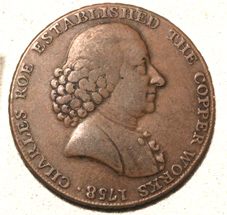 1800 Cheshire Copper Halfpenny Token of 1790 issued in Macclesfield and bearing the legend ‘Charles Roe established the copper works 1758. Diameter 28mm (1?”). The reverse has a depiction of Britannia representing industry with 1790 in the exergue and ‘Macclesfield Halfpenny surrounding. The rim is impressed "Payable at Macclesfield Liverpool or Congleton’
1800 Cheshire Copper Halfpenny Token of 1790 issued in Macclesfield and bearing the legend ‘Charles Roe established the copper works 1758. Diameter 28mm (1?”). The reverse has a depiction of Britannia representing industry with 1790 in the exergue and ‘Macclesfield Halfpenny surrounding. The rim is impressed "Payable at Macclesfield Liverpool or Congleton’
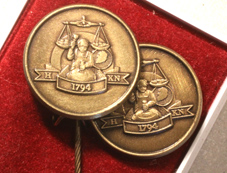 7809 Mint badges, brass lapel stud and lapel/tie pin portraying the logo of the Birmingham Mint together with the 'H' representing the old mint of Ralph Heaton & Son founded in 1795 and the 'KN' is for the King's Norton Metal Company. The lapel or tie pin has a pull off safety lug on the end of the pin - the circular front measures approx ¾”, same as above, and the pin length is a little under 2”. Both the badges are 19mm in diameter. Issue date unknown.
7809 Mint badges, brass lapel stud and lapel/tie pin portraying the logo of the Birmingham Mint together with the 'H' representing the old mint of Ralph Heaton & Son founded in 1795 and the 'KN' is for the King's Norton Metal Company. The lapel or tie pin has a pull off safety lug on the end of the pin - the circular front measures approx ¾”, same as above, and the pin length is a little under 2”. Both the badges are 19mm in diameter. Issue date unknown.
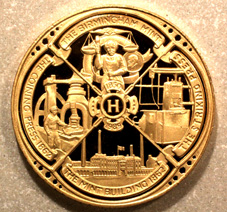
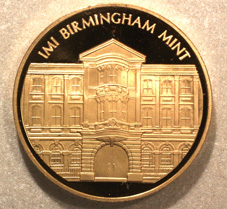 6785 Proof medallion issued in 1989 to commemorate the founding in 1850 of the Birmingham Mint, the coining press of 1862, the striking press and the mint building of 1862. By 1989 the mint had passed from the ownership of Ralph Heaton & Son to IMI (Imperial Metal Industries or ICI Metals Division). Approx 37mm (1½”) diameter.
6785 Proof medallion issued in 1989 to commemorate the founding in 1850 of the Birmingham Mint, the coining press of 1862, the striking press and the mint building of 1862. By 1989 the mint had passed from the ownership of Ralph Heaton & Son to IMI (Imperial Metal Industries or ICI Metals Division). Approx 37mm (1½”) diameter.
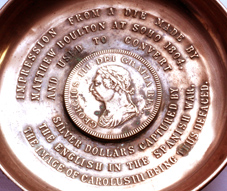 7645 Coins set in the centre of trays are not unusual but this might have been one of the first. Inside the periphery of the 115mm (4½”) diameter tray is ample information: ‘Impression from a die made by Matthew Boulton at Soho 1804 and used to convert silver dollars captured by the English in the Spanish war. The image of Carolus III being thus defaced’.
7645 Coins set in the centre of trays are not unusual but this might have been one of the first. Inside the periphery of the 115mm (4½”) diameter tray is ample information: ‘Impression from a die made by Matthew Boulton at Soho 1804 and used to convert silver dollars captured by the English in the Spanish war. The image of Carolus III being thus defaced’.
The following further information has been offered by Harvey Sullivan IV after a discussion with an expert:
This piece is definitely strange. The busts used for the 1804 dollar (overstrike) and the 1806 penny are distinctly different, with the 1804 dollar also being the same as the 1797 cartwheel twopence. The dollar and twopence are also strangely enough the same diameter, and the piece struck on the tray is the exact diameter of the dollar, much larger than the 1806 penny. The bust on the tray is not an exact match to either of the other portraits, but is closer to the 1806 penny, however it is larger than that used for the penny. The reason for these anomalies becomes apparent when you glance at any of the above coins and compare them to the tray. The portrait on the tray is facing the wrong direction! In spite of the claim to having used the die for the dollar, the only possible answer is that a special die set was created for the tray, using apparently the lettering from the 1804 dollar and the bust (reversed and enlarged) from the 1806 penny.
It seems that the inscription on the tray may not be strictly correct!
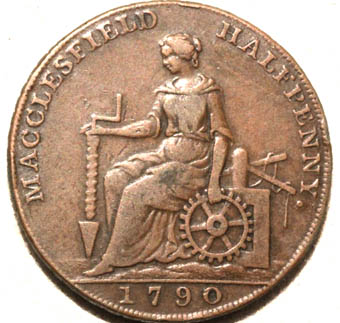
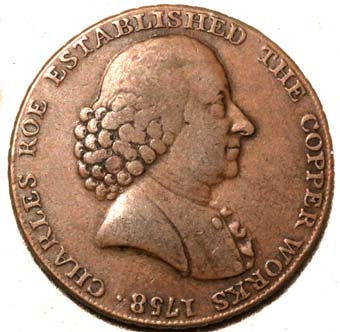 1800 Macclesfield Roe Cheshire Copper Halfpenny Token of 1790 Cheshire Copper Halfpenny Token of 1790 Diameter - 1.1/8th inches. Condition - Very fine plus with nice toning. Obverse Description - Detailed bust portrait of Georgian gentleman facing right, within the legend "CHARLES ROE ESTABLISHED THE COPPER WORKS 1758". Reverse Description - Female seated (Industry?), operating windlass and holding gearing cog. Around the edge are the words "MACCLESFIELD HALFPENNY". The date of 1790 is shown in the exergue. The rim is impressed with the words "PAYABLE AT MACCLESFIELD LIVERPOOL OR CONGLETON".
1800 Macclesfield Roe Cheshire Copper Halfpenny Token of 1790 Cheshire Copper Halfpenny Token of 1790 Diameter - 1.1/8th inches. Condition - Very fine plus with nice toning. Obverse Description - Detailed bust portrait of Georgian gentleman facing right, within the legend "CHARLES ROE ESTABLISHED THE COPPER WORKS 1758". Reverse Description - Female seated (Industry?), operating windlass and holding gearing cog. Around the edge are the words "MACCLESFIELD HALFPENNY". The date of 1790 is shown in the exergue. The rim is impressed with the words "PAYABLE AT MACCLESFIELD LIVERPOOL OR CONGLETON".
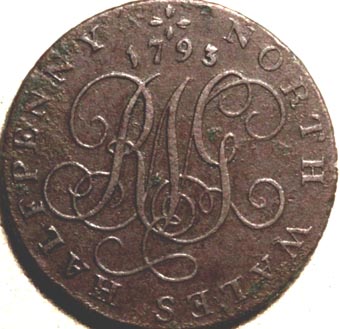
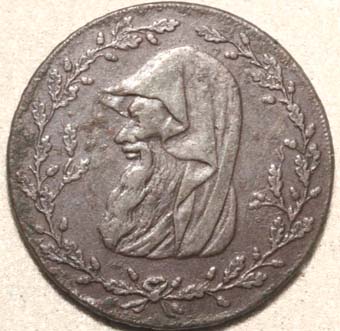
1809 North Wales copper halfpenny token 1793 issued with copper from the Parys Copper Mine. Obverse: Hooded bust of a Druid to the left, twenty-nine acorns in wreath. Reverse: Cypher of “RNG” with date “1793” above: “NORTH WALESHALFPENNY”. Edge inscription: “PAYABLE IN LONDON BRISTOL & LANCASTER”. Issuer unknown. Good collectable condition with minor pitting, see scan. D&H North Wales No: 3b. Diameter 29mm. Listed in Dalton & Hamer as “RR”, very rare.

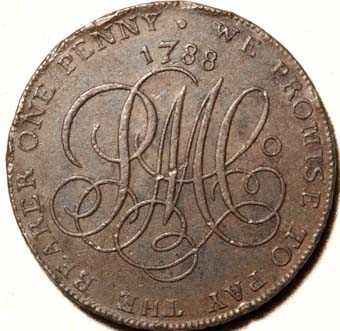
1810 Welsh Parys Mine Company (Anglesey) copper penny token 1788. Obverse: Hooded bust of a Druid to the left. Twenty-seven acorns in wreath. Reverse: Cypher of “PMCo” (Parys Mine Company) with date: “1788” above: “WE PROMISE TO PAY THE BEARER ONE PENNY”. Edge inscription: “ON DEMAND IN LONDON LIVERPOOL OR ANGLESEY”. The Parys Mine Company was first to issue tokens, for payment to their workers, and general circulation, ahead of John Wilkinson the Shropshire Ironmaster. This precipitated the development of the whole commercial token series as catalogued by Dalton & Hamer. Nice collectable condition with some edge bruising, better than scan. D&H Anglesey No: 165. Diameter 33mm.
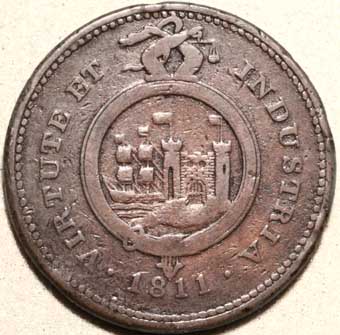
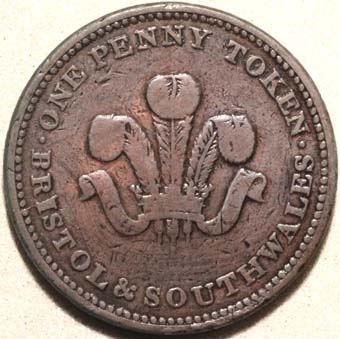
1813 Bristol token with the motto 'Virtute et Industria' round the ship and castle with the Welsh three feathers on the reverse.
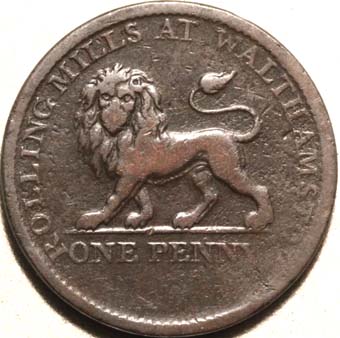
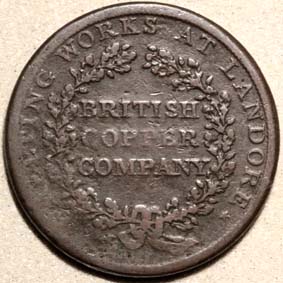
1823 Walthamstow token of 1813 with lion on reverse, Britannia with oak leaves on obverse. The copper mill in Walthamstow, now a suburb in North East London, was established to provide local fabrication facilities using copper sheet from Birmingham. This halfpenny trade token, dated 1813, was issued by the British Copper Company, which had an office in London, but had smelting works at Landore, Swansea (Wales), and rolling mills at Walthamstow (Essex, England). It is catalogued as Withers 610 and Davis (Essex) 39. On the obverse is a lion walking, and on the reverse is the seated Britannia within an oak wreath. This token is copper, 28.5mm in diameter; and is in nice VF+ condition, with traces of red.
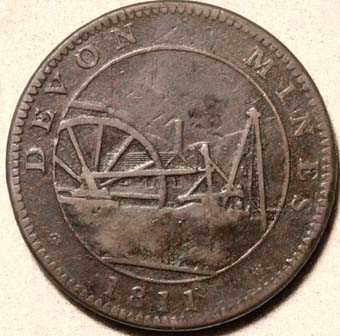
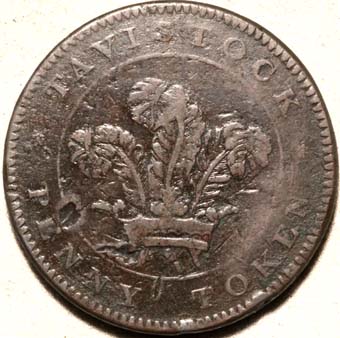
1815 Tavistock token 1811 Devon Mines penny token. This is number 1136 in standard work by Withers "British Copper Tokens 1811-1820". Rated as very rare, which means "few specimens available". An earlier reference work by W. J. Davis, this is type Devon 25. Thick flan, engrailed edge, Has a couple of minor knocks on obverse (see scan) otherwise in Fine condition. Diameter 28mm.
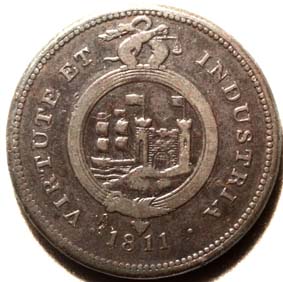
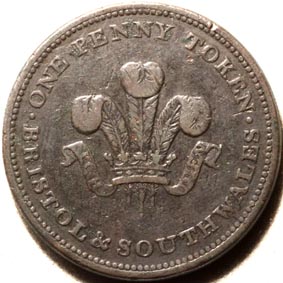
2062 Bristol Brass & Copper Co. Conder Penny 1811 English Bristol Brass & Copper Co., (Somerset) copper penny token 1811. Obverse: Text: “B B & COPPER CO”, surrounded by, “ONE PENNY PAYABLE AT BRISTOL SWANSEA & LONDON”. Reverse: Shield with sailing ship and castle crested with crossed arms above holding scales and a serpent, “VIRTUE ET INDUSTRIA 1811”. Diagonally milled edge. Nice collectable condition, see scan. Withers No: 441, Davis Somerset No: 85. Diameter 33mm.
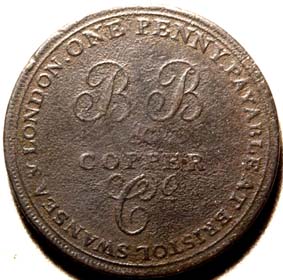
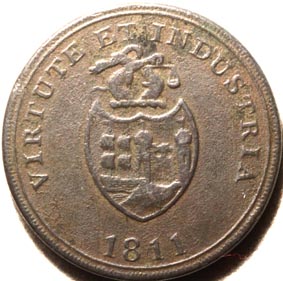
2161 Bristol Brass and Copper Co penny token, 1811. Bristol.
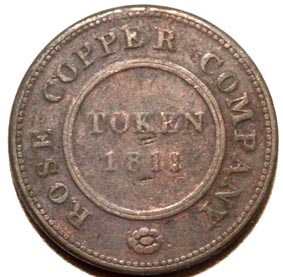
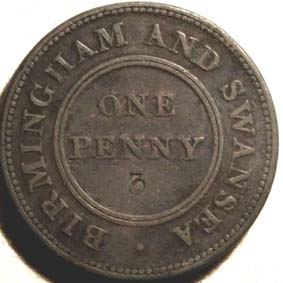
2175 G. Britain, 1811, 1P Rose Token produced by Rose Copper Company in 1811 and valid in Swansea and Birmingham. 30mm diameter
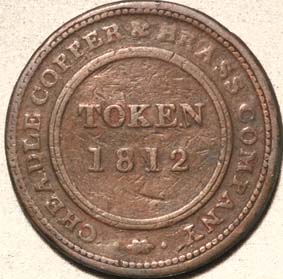
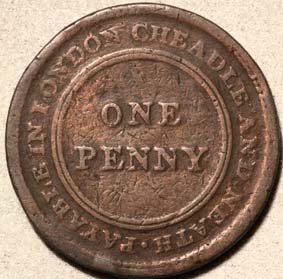
2258 Cheadle Copper and Brass Co., 1812. Formed in 1734 near Stoke on Trent, Staffordshire and sited to use local deposits of copper and zinc. By 1852 it had been bought out by Thomas Bolton of Birmingham and later specialised in high conductivity copper for busbars and wires as well as special copper alloys.
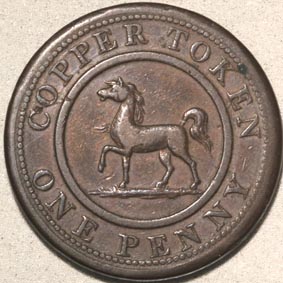
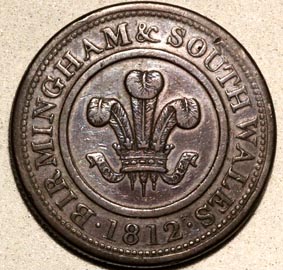
2338 1812 VF Gr Br 1P Token Birmingham. 'Copper Token One Penny' round a horse, Prince of Wales feathers surrounded by 'Birmingham & South Wales 1812'.
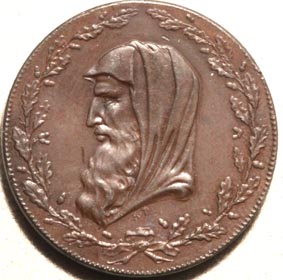
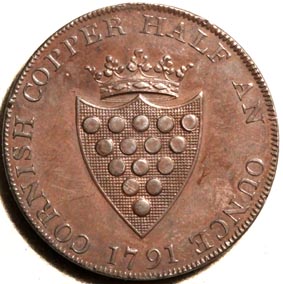
2388 This is a 18th. Century halfpenny trade token, dated 1791, being a Druid's Head Cornish halfpenny. The piece is in excellent collectable condition about uncirculated. The obverse shows a druids head within oak wreath very similar to the Parys Mountain version. The reverse shows the Cornish crowned shield. The legend here states CORNISH COPPER HALF AN OUNCE 1791.
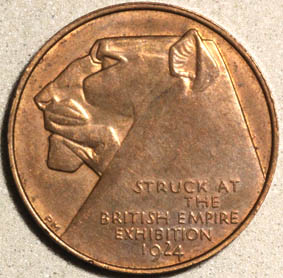
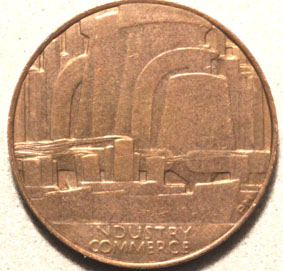
6861 1924 Wembley British Empire Exhibition commemorative coin celebrating 'Industry and Commerce'. British Empire Exhibition.
After